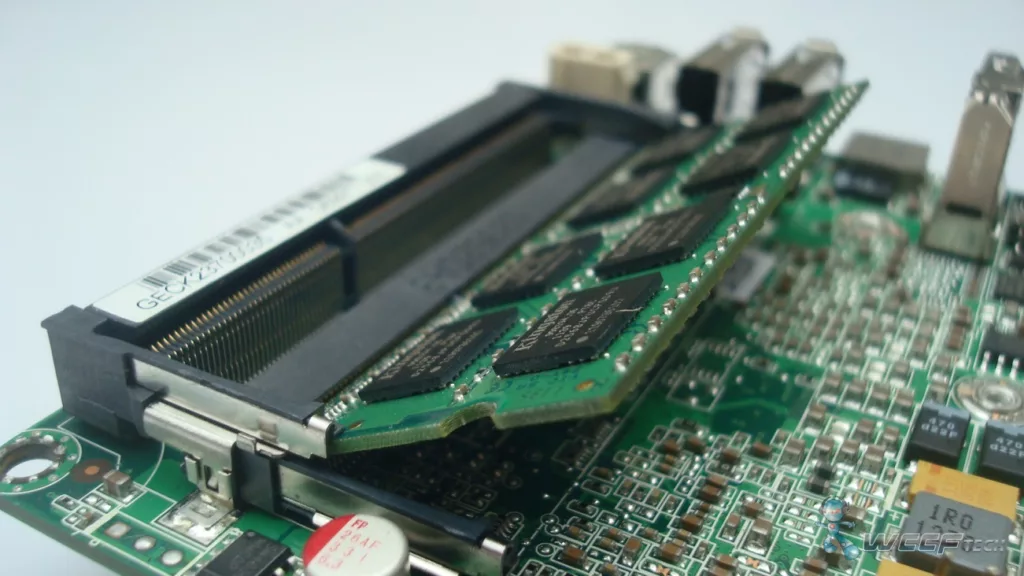In today’s era of convenience, laptops have become essential tools for working from anywhere. Whether it’s from the office or home, having a portable laptop offers flexibility and convenience. While laptops aren’t as modular as desktop PCs, certain components like SSD and RAM can be upgraded easily. RAM, in particular, is a commonly upgraded component as it significantly impacts a laptop’s performance. However, before upgrading, it’s essential to check the specifications of your laptop’s RAM to ensure compatibility and avoid potential issues. In this guide, we will explore various methods to check your laptop’s RAM and make informed upgrade decisions.
-
Understanding the Significance of RAM:
- The role of RAM in a laptop’s performance.
- Why upgrading RAM is a popular choice among users.
-
Exploring RAM Compatibility:
- Different types of RAM used in laptops (e.g., DDR3, DDR4).
- The importance of matching the RAM type with the laptop’s specifications.
- Checking the existing RAM type installed on your laptop.
-
Checking RAM Capacity and Speed:
- Using the Task Manager to check total RAM.
- Navigating the Task Manager’s Performance and Memory tabs to view RAM details.
- Understanding RAM capacity and speed for optimal performance.
-
Utilizing the DXDiag Tool:
- Accessing the DXDiag tool through the Run dialog box.
- Finding RAM information in the System tab.
- Exploring additional specifications provided by DXDiag.
-
Examining RAM Timing with HWInfo:
- Downloading and installing the HWInfo application.
- Launching HWInfo and configuring settings.
- Identifying RAM timing details, including clock speed and CL values.
-
The Importance of RAM Speed and Timing:
- Understanding the impact of RAM speed and timing on laptop performance.
- Avoiding compatibility issues and potential errors, such as the Blue Screen of Death (BSoD).
-
Checking DDR RAM Compatibility:
- Exploring the relevance of DDR types in RAM compatibility.
- Using HWInfo to identify the DDR type of your laptop’s RAM.
- Ensuring the new RAM matches the DDR type, speed, and capacity specifications.
-
Making Informed Upgrade Decisions:
- Considering the compatibility of RAM with other components and software.
- Assessing the overall performance benefits of upgrading RAM.
- Selecting the appropriate RAM capacity for your specific needs.
Conclusion
Checking your laptop’s RAM specifications before upgrading is crucial to ensure a smooth and successful RAM upgrade process. By following the methods discussed in this guide, you can determine the existing RAM type, capacity, speed, and timing, allowing you to make informed decisions when purchasing new RAM modules. Upgrading RAM can enhance your laptop’s performance, allowing for smoother multitasking and improved responsiveness. So, take the time to check your laptop’s RAM and unlock its full potential.

